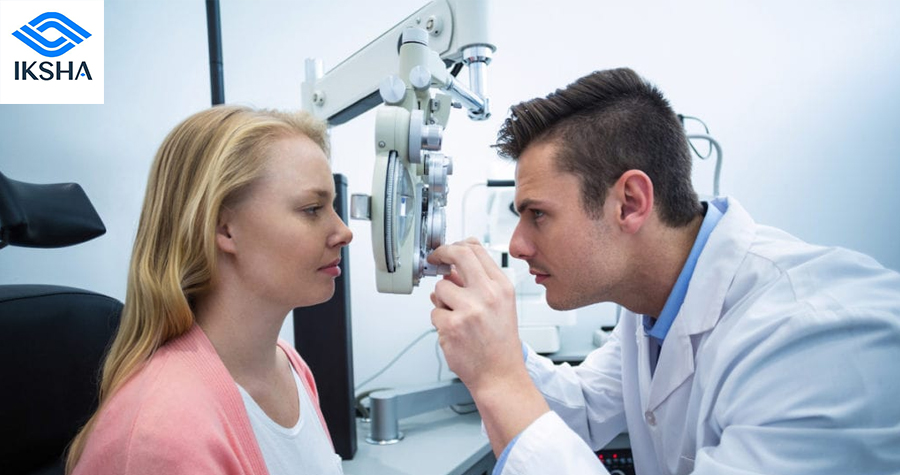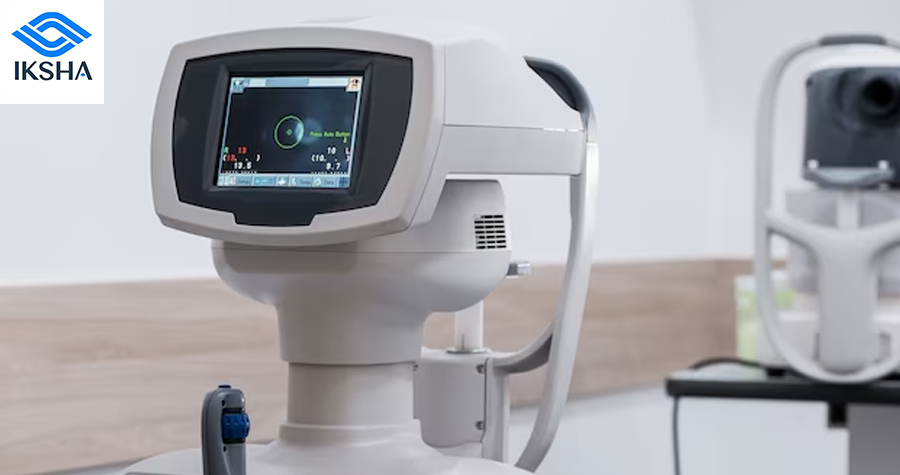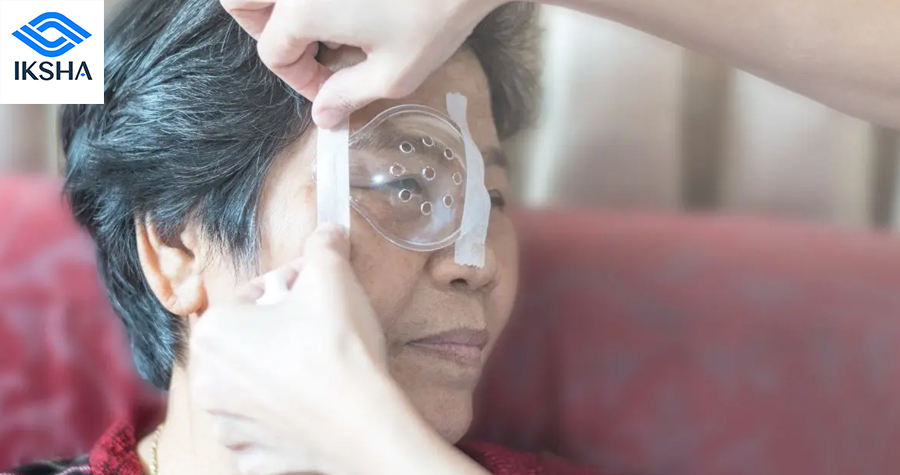
LASIK (Laser-Assisted In Situ Keratomileusis) is a popular refractive surgery that uses a laser to reshape the cornea, correcting vision problems such as near-sightedness, farsightedness, and astigmatism. With its precise and effective results, LASIK offers many individuals the opportunity to reduce their dependence on glasses or contact lenses and enjoy improved vision.
LASIK has become a popular and effective vision correction procedure for individuals seeking freedom from glasses or contact lenses. However, choosing the right LASIK treatment can be a critical decision that requires careful consideration. In this comprehensive step-by-step guide, we will walk you through the essential factors to consider when selecting the right LASIK treatment for your specific needs, ensuring a successful and satisfying outcome.
Step 1: Research and Gather Information
Start your journey by learning more about LASIK surgery. Learn about the treatment, its advantages, and any possible hazards. Research renowned LASIK surgery centers and eye doctors. To learn more about prior patient’s experiences, read their evaluations and testimonies. This introductory investigation will assist you in gaining a fundamental comprehension and in making future choices.
Step 2: Consultation and Evaluation
Schedule an appointment to see a skilled LASIK surgeon. The surgeon will evaluate your general eye health and go through your expectations during this examination. This stage is essential because it gives you the chance to express your concerns, ask questions, and determine whether LASIK is a good option for your vision correction requirements.

Step 3: Expertise and Experience
Choose a LASIK surgeon with extensive expertise and experience. Look for certifications, accreditations, and memberships in professional organizations. A skilled surgeon with a proven track record is more likely to deliver optimal results. Consider the surgeon’s reputation and the clinic’s success rate in performing LASIK procedures. Don’t hesitate to ask about their years of experience, the number of procedures they have performed, and any additional qualifications or specialized training they possess.
Step 4: Technology and Equipment
Inquire about the technology and equipment used for LASIK procedures. The clinic should have state-of-the-art equipment, such as advanced laser systems and diagnostic tools, ensuring accurate measurements and precise surgical outcomes. Ask about the specific laser technology employed, such as Femtosecond lasers or Wavefront-guided LASIK, as these advancements can enhance the precision and safety of the procedure.

Step 5: Customization and Personalization
Consider LASIK treatments that offer customization and personalization. Everyone’s eyes are unique, and personalized LASIK treatments can address individual vision issues more effectively. Look for clinics that offer Wavefront-guided or Wavefront-optimized LASIK, as these techniques utilize detailed measurements of your eye’s imperfections to tailor the treatment specifically to your visual needs, maximizing visual outcomes and reducing the risk of complications.
Step 6: Safety Measures and Post-Operative Care
Discuss safety measures and post-operative care protocols with your LASIK surgeon. Inquire about the clinic’s infection control procedures, sterilization techniques, and adherence to strict hygiene standards. Understand the recovery process, including any restrictions, follow-up appointments, and potential complications. A reputable clinic will provide detailed post-operative instructions and offer ongoing support and monitoring to ensure a smooth recovery and successful outcome.

Step 7: Cost and Financing Options
Consider the cost of LASIK treatment and evaluate your financing options. While price should not be the sole determining factor, it is essential to understand the cost structure, including preoperative evaluations, the surgery itself, and post-operative care. Inquire about any available insurance coverage or financing plans that can make surgery more affordable. Remember to weigh the potential long-term savings on glasses or contact lenses against the upfront cost of LASIK.
It has the potential to transform your life by providing clear, unaided vision, reducing dependence on glasses or contact lenses, and improving your overall quality of life. However, it is important to approach the process with careful consideration, ensuring that you choose a reputable clinic and an experienced surgeon who will prioritize your safety and satisfaction.
Keep in mind that LASIK is a surgical procedure, and like any surgery, it carries potential risks and complications. However, with proper research, expert guidance, and adherence to post-operative care instructions, most patients achieve excellent visual outcomes and experience improved vision without the need for corrective eyewear.
Ultimately, the goal of LASIK is to provide you with clear, comfortable vision and the freedom to enjoy life without the hassle of glasses or contact lenses. By following this step-by-step guide and considering the essential factors, you can embark on your LASIK journey with confidence and look forward to a brighter, more visually liberated future.




